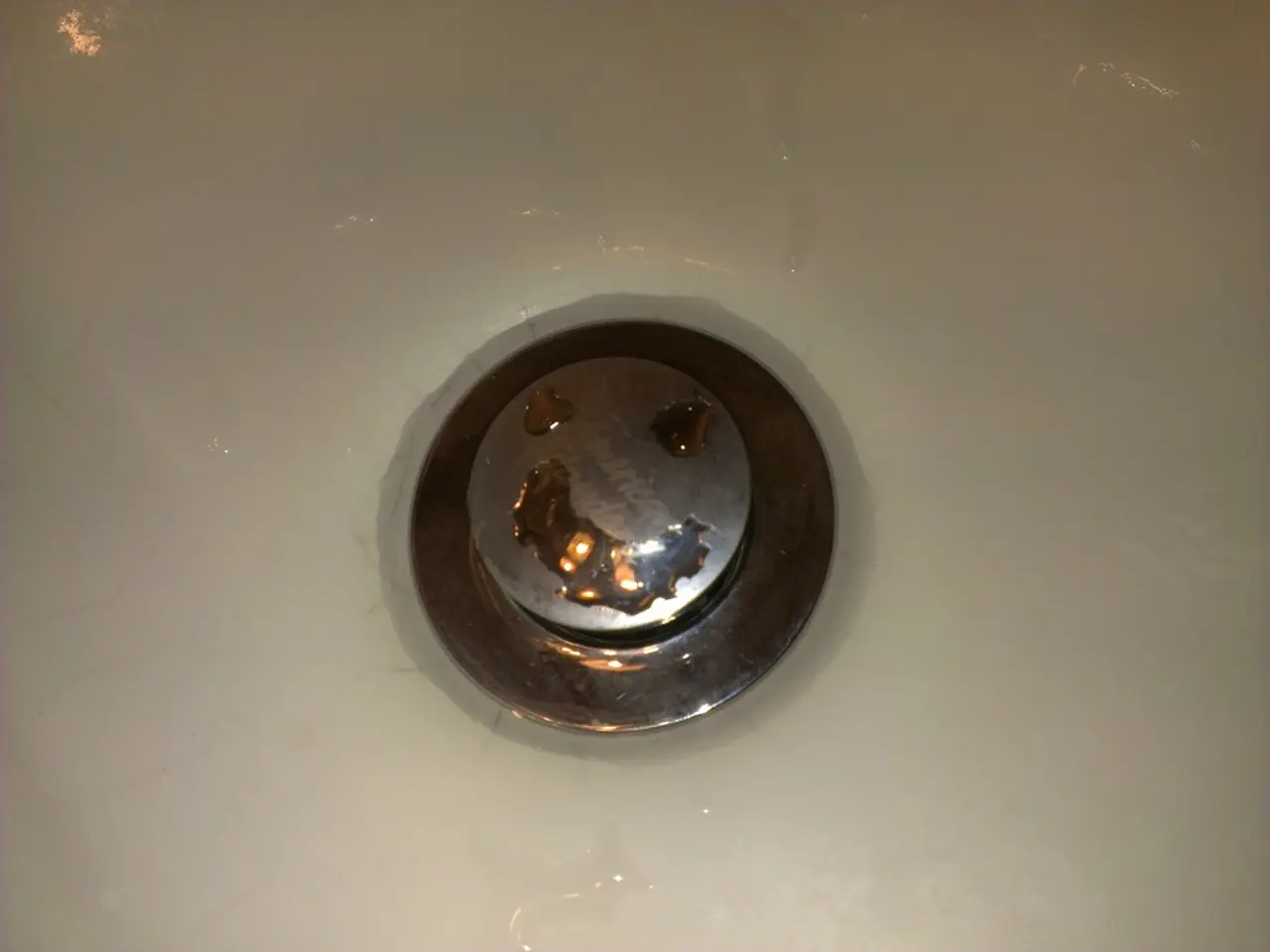Methods for Enhancing Garden Drainage - 4 Homemade Solutions Suggested by Drainage Experts to Eliminate Waterlogging
If you're struggling with waterlogged drains in your garden, you might be looking for a solution. Here's a simple guide on how to install a French drain, one of the most effective methods for garden drainage.
Planning the Drainage Path
First, identify where water pools in your garden and decide on an outlet point at a lower elevation, such as a storm drain, dry well, or safe runoff area away from your home and neighbours’ properties. Mark the trench route with spray paint or flags, ensuring a gradual slope to allow water to flow by gravity.
Gathering Materials and Tools
You'll need perforated PVC or corrugated plastic pipe, gravel, landscape/filter fabric, shovels or trenchers, and potentially catch basins or pop-up emitters for surface runoff.
Digging the Trench
Excavate a trench along the planned route. The trench should be wide and deep enough to accommodate the pipe and gravel, typically about 6 inches wide by 18 to 24 inches deep, but adjust based on your site specifics. Ensure the trench maintains a consistent downward slope away from the problem area.
Preparing the Trench
Line the bottom and sides of the trench with landscape or filter fabric to prevent soil from clogging the drain. Add a layer of gravel at the bottom to facilitate water drainage.
Installing the Pipe
Place the perforated pipe on the gravel bed with the holes facing downward to allow water to seep in from beneath. Wrap the pipe in landscape fabric if it is not already designed to prevent clogging.
Backfilling with Gravel and Covering
Fill the trench with gravel up to a few inches below the surface, compacting it as you go for stability. Fold the excess filter fabric over the gravel, then cover the rest with soil to ground level. Optionally, install catch basins or pop-up emitters to collect surface water.
Testing and Maintaining
Test the drain by pouring water to ensure proper flow. Regular maintenance is necessary to prevent clogging from sediment and debris.
Please note that installing a French drain can be a moderate to complex DIY project. Local building codes and property-specific conditions may require professional consultation to avoid problems such as drainage onto neighbours’ land or hitting buried utilities. If drainage issues are severe or the layout complex, consulting a landscaper or drainage specialist is recommended.
These steps summarize guidelines from recent expert sources and detailed installation instructions updated in 2025. Happy draining!
To optimize your home-and-garden lifestyle and prevent waterlogging, consider installing a French drain. In your home-and-garden project, incorporating gardening tips like creating a French drain not only improves drainage but also enhances the overall health of your garden.




